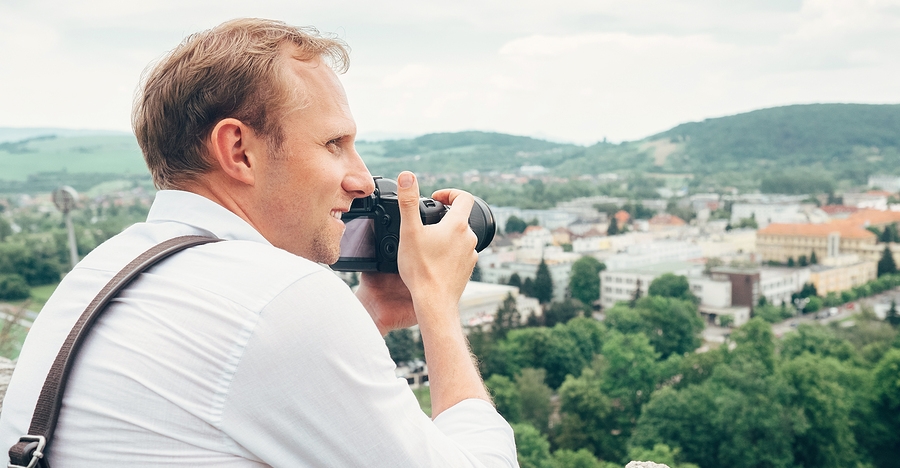Nature and travel photographer Spencer Cox is sharing his knowledge on composition in this article over at Photography Life.
From the very basics to a deeper analysis you will get a good idea of what composition actually is and how you can adjust it to show your personal preferences through a simple image.
The Definition of Composition
As easy as it is to define the word “composition,” it can be remarkably tough to implement successfully. A strong composition, for example, is more than just a happenstance arrangement of objects. Instead, it brings meaning to your photographs, making them more important than they otherwise would be. A shadow is no longer a shadow; it is a line that leads to a person’s face – and the person is looking at a pot of flowers, which is the same color as a painting hung in the background. Your composition can tell a story, and it can thread together several objects that otherwise would be unrelated. The ultimate goal of a successful composition is to elevate the meaning of an image.
Visualization in Photography
Visualization is all about questioning your photographic decisions. Are you focusing on the right subject, or should you search for something else? Which emotions do you want the image to convey (i.e., dark and ominous, or vibrant and happy)? After the photograph has been fully post-processed, how exactly will it look, whether in print or on screen?
The importance of visualization cannot be overstated, although many photographers do not initially realize its true value. Visualization is the planning behind a good photograph – an attempt to understand exactly how an image will look even before you take the photo.
Leading the Eye
One of the most notable ways to lead your viewer’s eye is simply to include a line spanning part of your composition. These are sometimes called leading lines, but even that is a bit of a special case. Typical “leading lines” extend from a landscape’s foreground to its background, guiding the viewer farther into the scene.
Along with lines, there are other noteworthy ways to lead a viewer’s eye from point to point in a photograph. At its heart, everything about composition is rooted in the way that we see the world. If an object is bright, contrasty, and vivid, it certainly attracts our attention. The same is true for people’s eyes and faces. So, as you may expect, the same items draw our attention in photographs.
Balance
Rather than the rule of thirds, I tend to compose my photographs with the idea of balance in mind. Many other photographers are similar. When a photograph is completely balanced, its left and right halves have equal levels of visual weight.
So, what is visual weight? The answer is quite simple – visual weight is what attracts a viewer’s attention. As briefly mentioned in the “Leading the Eye” section, some of the main items with strong visual weight are as follows:
- Areas of contrast
- Items that are in focus (especially if most of the photo is not)
- Bright spots
- Saturated items
- Warm (red/yellow) colors
- Large items
- People and, to a lesser extent, animals
- The eyes of your subject
- The direction that your subject is looking (even if it is an empty space, it gains visual weight because viewers will want to look the same direction as the subject)
Not all photographs must have perfect balance. Sometimes, to add tension to a scene, imbalance is actually desired. This is often true for war and documentary photographers, who may try to avoid a pleasing, “ideal” composition. In fact, imbalanced photos can be a part of any genre of photography. If you want to show the tension and drama in a landscape, an imbalanced photo could be the perfect tool.
Simplicity
One of the best ways to improve your photographs is to focus on simplicity. For example, if you are a beginner, it helps to search for the simplest possible scenes to photograph in the first place. Typically, it is easier to take a good photograph at a beach than in the heart of a rainforest – assuming that both locations are relatively interesting – since the beach is a much simpler scene.
Conclusions
These tips just scratch the surface of the wide world of composition, but they are absolute essentials for any photographer looking to take their images to the next level. Composition is not something that should be taught with rules or laws; instead, it is just a set of tools that you have at your disposal.
The most important tip of all is simply to practice. No matter how well you understand the theory behind these tips, composition is something that must be perfected on an individual basis. The more time you spend taking pictures, the more that your compositions will improve. That is the true benefit of these techniques.
Read the full article over at Photography Life.
Source: Photography Life

